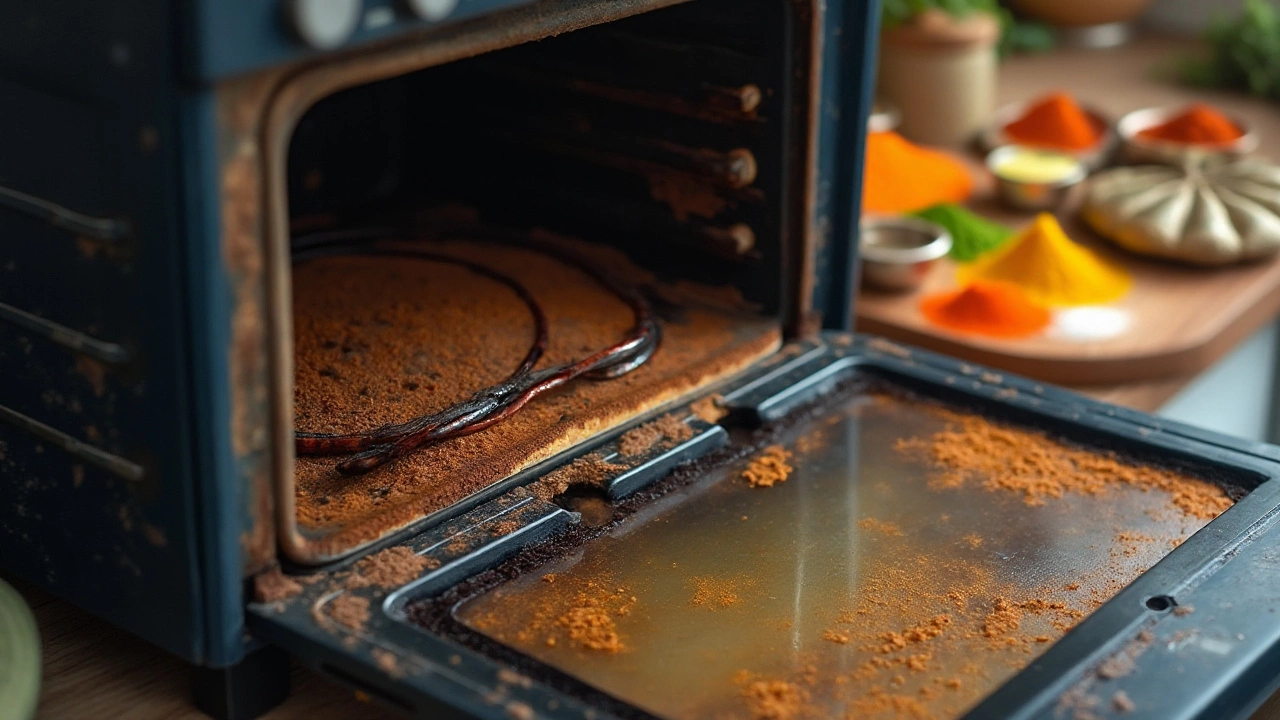Identifying a faulty oven element is crucial to ensuring your electric oven functions properly. This article explores various signs that indicate your oven element may be blown, such as unusual heat distribution and visible damage. It emphasizes the importance of regular maintenance and safe DIY diagnostics. By understanding these tips and tricks, homeowners can potentially save on costly repairs or replacements.
Electric Oven Issues: What Goes Wrong and How to Fix It
Nothing kills the mood like an oven that won’t heat. You’ve got a dinner plan, the timer’s set, and the oven just sits there cold. Before you panic or call anyone, let’s walk through the most common culprits and what you can safely check yourself.
Common Reasons Your Oven Won’t Heat
1. Faulty heating element. The element looks like a shiny coil at the bottom or top of the oven. Over time it can crack or burn out. When it’s bad, the oven stays cool no matter what you set.
2. Blown fuse or tripped breaker. A sudden surge can blow the oven’s internal fuse or trip the house breaker. If the whole kitchen is dead, flip the breaker back on or replace the fuse.
3. Bad thermostat or temperature sensor. The sensor tells the oven when it’s hot enough. If it’s stuck, the oven thinks it’s already at the right temperature and stops heating.
4. Defective control board. Modern ovens use a little computer to manage the element, fan, and timer. A fried board can shut off the element completely.
5. Loose wiring or bad connections. Vibration from daily use can loosen terminal screws. A loose wire will interrupt power to the element or sensor.
Simple DIY Checks Before You Call a Technician
Power check. Make sure the oven is plugged in and the outlet works. Plug a lamp in there – if it lights up, the outlet is fine.
Reset the oven. Some models have a reset button or require you to turn the power off for a minute. Switch off the breaker, wait 60 seconds, then turn it back on.
Inspect the heating element. Look for visible breaks, black spots, or a buzzing sound when the oven is on. If it looks damaged, it needs a swap.
Test the element with a multimeter. Set the meter to ohms, touch the probes to the element terminals, and read the resistance. A healthy element typically shows 20‑40 Ω. Anything off means it’s shot.
Check the door latch. The oven won’t heat if the door isn’t fully closed. Make sure the latch clicks into place; a misaligned latch can fake an open‑door signal.
Look at the fuse. Most ovens have a small glass fuse near the wiring panel. If the filament is broken, replace it with the same amperage rating.
If none of these steps get the oven warm, the problem is likely deeper – a busted sensor, control board, or wiring issue that needs a professional’s tools.
When you’re ready to call in help, choose a service that knows both laptops and appliances. Mumbai Laptop Repair Service Hub handles electric oven repairs, offers quick diagnostics, and can get you back to cooking without breaking the bank.
Remember, safety first: always unplug the oven before opening panels or touching wires. A little basic troubleshooting can save time and money, but when in doubt, let the experts take over.
